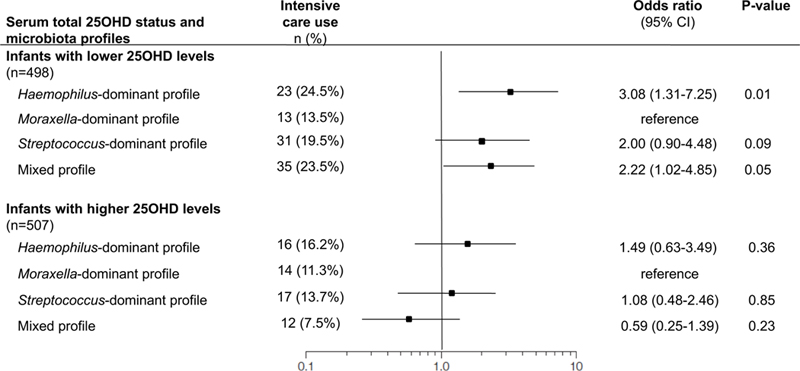Figure 1. Associations between nasopharyngeal microbiota profiles and risk of intensive care use in infants hospitalized for bronchiolitis by serum total 25-hydroxyvitamin D (25OHD) status.

Random-effects model accounting for patient clustering at the hospital-level and adjusting for 12 factors (age, sex, race/ethnicity, gestational age, siblings at home, breastfeeding, history of breathing problems, lifetime history of systemic antibiotic use, weight at hospitalization, serum LL-37 level, and virology [RSV, rhinovirus]) was constructed for each strata – i.e., infants below or above the median serum total 25OHD levels (26.5 ng/ml). Moraxella-dominant profile was used as the reference. Full models are presented in Table E3.
